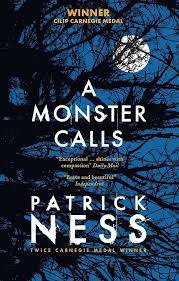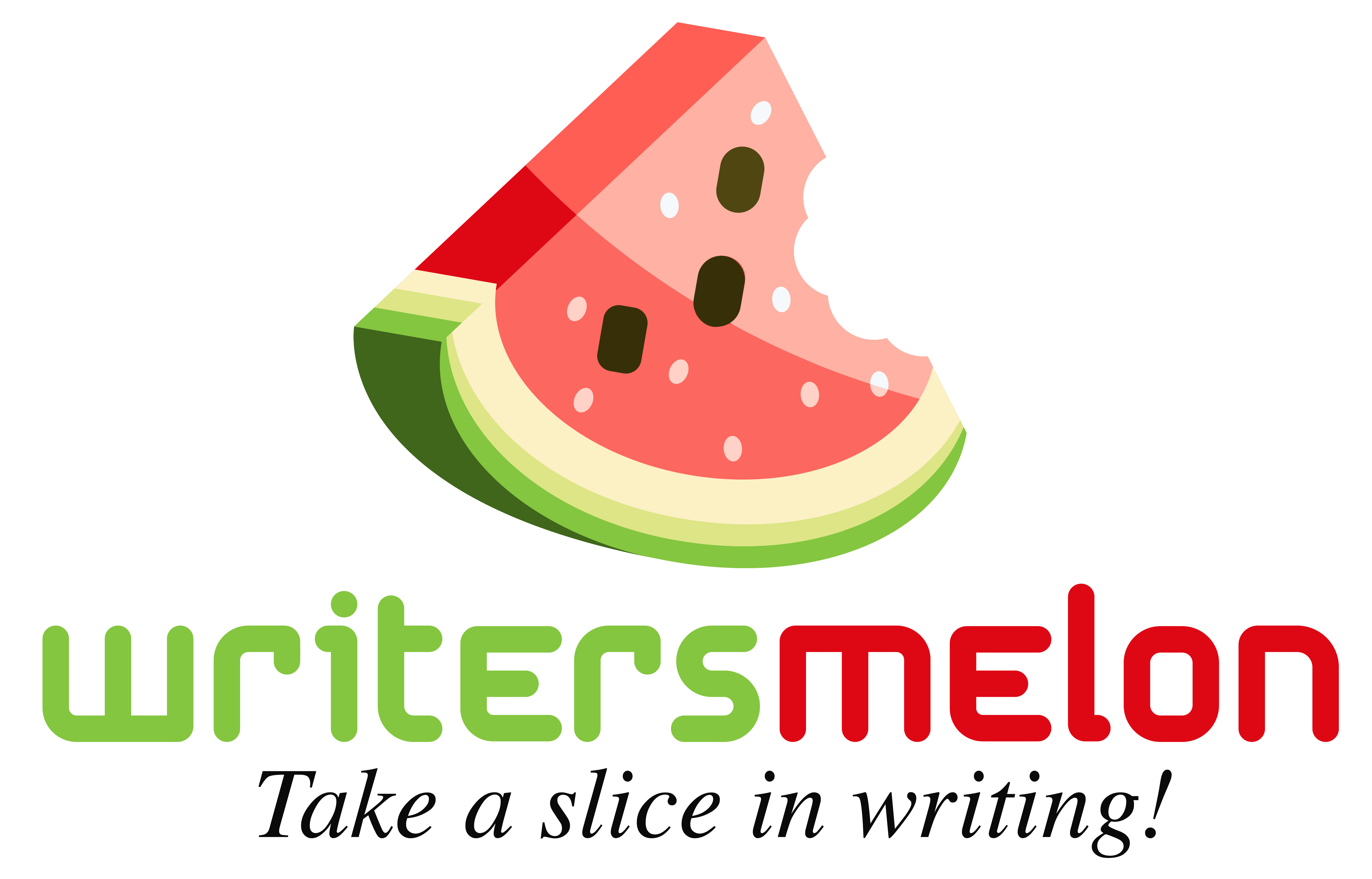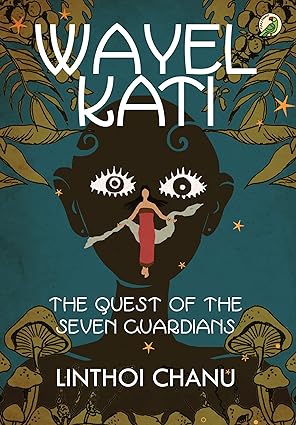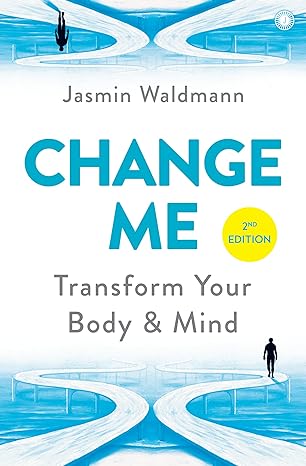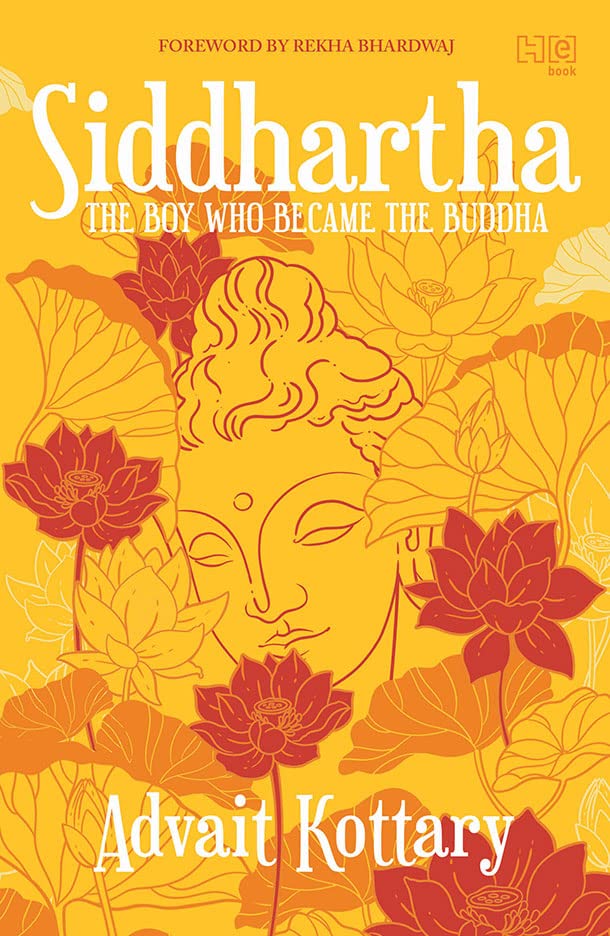These are two books in one package from Jaico Publishing House, authored by Peter Hollins, a dedicated student of the human condition.
Think Like Einstein
This is a practical guide using which we can improve our critical thinking skills. The emphasis is on making use of our innate sense of intuition and judgment. The first chapter is aptly called as “Obstacles to Clarity of Thought” wherein the writer lists the main obstacles to thinking clearly. They are: • Inertia and Sloth • Incorrect Logic • Incorrect Perception • Rigid Thinking The author further explains each of these obstacles in detail with examples. In the next chapter of the book, Peter Hollins presents three models of critical thinking. The Facione Six Part Model of Critical Thinking, The RED Model of Thinking and the Paul-Elder Model of Critical Thinking. In essence, these models provide us with the building blocks on how to think critically and intelligently on any topic that comes our way. Hollins talks about creative problem-solving in the next chapter where he urges us to let our mind wander, ask questions and search for answers that are already hiding in plain sight. The Socratic Method is introduced further on the book where one asks multiple questions to dissect an assertion or statement. Another interesting chapter was where the writer debunked some popular beliefs and put forth these statements. 1) The Mozart Effect (which says mental performance increases during a period when you have a classical piece by Mozart playing in the background) has not been scientifically verified. 2) Chess helps in improving strategic and critical thinking but does not make an individual smarter. 3. Brain training doesn’t work but physical exercise improves cognitive functioning. In essence, Hollins says that if we can think effectively and creatively, we will be able to tackle our problems and take advantage of our opportunities. Though the author doesn’t claim that the book will transform us into Einsteins, it guarantees that we will gain a drastically different approach to life by providing us with the fundamental tools for thinking creatively.
Learn Like Einstein
This book provides us with step by step methods and habits to train our brain. It includes specific and actionable tactics that address the aspects of learning such as memorizing, reading faster, absorbing more and focusing better. Hollins begins by shattering some common myths. Let me jot them down. Myth 1: Innate intelligence matters in learning. Truth: Anyone can learn by adopting the correct techniques. Myth 2: Failure is bad. Truth: Failure is the best thing that can happen during a learning period. Myth 3: If you forget, you lose. Truth: Forgetting is an essential part of creating new memories. Myth 4: More is better. Truth: More isn’t better, smarter is better. Myth 5: I’m just a left-brain person. Truth: People do not have dominant brain hemispheres whatsoever according to studies. Hollins says that one of the foundations for better learning is the belief that you can learn better. The next foundation is to understand the pyramid of learning. Understanding focus comes next. The first step towards better focus is to give up multi-tasking. The next step is avoiding procrastination. The final step to focus better is to pay attention to our attention. Hollins explains how the four levels of competency, the pyramid of learning and better focus help us to stay away from the traps of failing processes. The VARK model of learning is introduced in the third chapter where he explains the four types of learning. 1) Visual 2) Auditory 3) Reading or writing 4) Kinesthetic Next, he introduces the seven learning styles of Visual, Aural, Verbal, Solitary, Social, Logical and Physical. I found the chapter on faster and efficient reading very effective. Surprisingly, it is similar to the way I read non-fiction books. Hollins talks about the method to take great notes next. In the sixth chapter, he explains the importance of practising and the best practices to be followed. Another one of my favourite chapters was the one on ‘Elephant memory techniques’. All the methods listed are explained scientifically and I would urge you to read the book to understand it in detail. In the proceeding chapters, he talks about how making learning secondary is the easiest way to learn, how to cram, how to learn by science, smart goals and the trio of learning tips. Albert Einstein’s Logic riddle in the last chapter is interesting. Einstein stated that 98% of the world could not solve it. Overall, the entire book is worth your time because of its many takeaways. Highly recommended for every cognitive reader. Author(s): Peter HollinsPublisher: Jaico Publishing HouseRelease: April 2018Genre: Non Fiction/Personal DevelopmentBuy these books from Amazon – Please buy these books via affiliate links and show us some love! If you are a booklover and keep reading new books, share your book reviews with us and get featured, submit here.
